Millennium Actress
Dir — Satoshi KonI don't believe I'd be in the wrong If I claim — Satoshi Kon was one of the greatest filmmakers of this century. Japanese animation is known as anime and to the western world for their big eyes characters and exaggerated action scenes mostly. However, there were a few filmmakers who used anime as a medium for their artistic expressions using cinematic language. Kon was one of them. His animated films are not about massive galactic battles with fireballs, rather humane drama that goes beyond reality.
He was from a rich cinema heritage, Japanese cinema was massive enough already — they had influential and essential filmmakers such as Kenji Mizoguchi, Akira Kurosawa, Yasujiro Ozu, etc. Even Kon's contemporaries such as fellow animators Hayao Miyazaki, Isao Takahata are considered to be master filmmakers. Sadly Satoshi Kon passed away at the age of 46 and I believe that was a tremendous loss. To his family, of course, but also to art-house world-cinema as a whole.
Kon was very technical at filmmaking. His editing style is a marvel, and the creativity in some of the cuts and mise-en-scene (scene transitions) he used to stylize the film is a delight to see. I cannot help myself from mentioning a few examples I've extracted from his Millennium Actress (2001).
I will not be revealing the story or the plot of the film at all in this article. If you are interested, that is only a google search away. Rather let me focus on the shots.
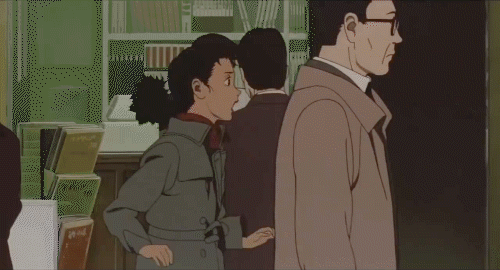
In this short sequence, Kon moved the character to four different eras and times, all transitioned by passing objects and people. This sequence was an overlook of the character's lifelong search for her object of desire.

A match cut with graphic match, here the character moves from reality to her imagined past self she portrayed as an actress.
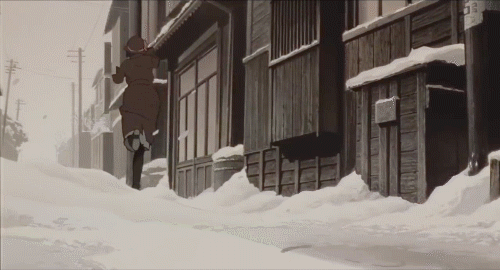
Connecting two different shots with a collision, cutting into the new one. Also one shot from imagined reality and another the real life.
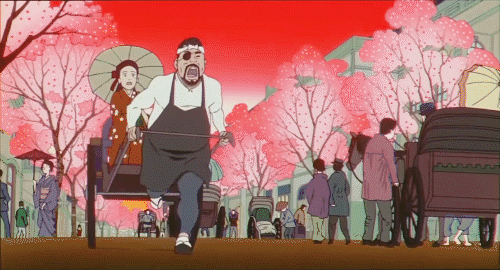
A match cut linked by motion and continuation. A metaphor for her short-lived independence.

Another match cut, the scene transitioned herself from one imagined character to another. The chain connects her past rebel self to the future submissive one.
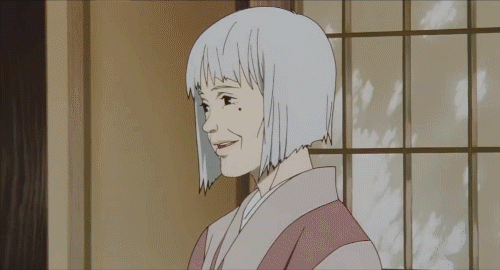
And lastly, Kon's standard time-shifting throughout the film where he uses visual graphic matches and cues to move from one subplot to the next.
I can go on, but I think these should suffice.
Like Miyazaki, he hand-drawn the storyboards, and when drawing one scene, always kept in mind how he'd merge them with the next. All the frames are connected with one another. This is imagining a whole world of possibilities—born in his consciousness, and then drawn on papers.
But such technical mastery is not enough, I know.
Someone recently said in a CineTV post, the film did not touch them. I can't see myself agreeing with them, but that's alright. Their opinion is no less valid than mine, and hence I pondered upon the question as Robert Bresson believed the audience should be able to feel the film before understanding it and I will concur with that view.
Did I not feel mushy warmth when the schoolmates of the protagonist teased her for falling in love? Did I not feel the anxiety and desperation in her attempts to save the man, an anti-government rebel painter during the war she's fallen in love with — that is without knowing if that love is reciprocal? Perhaps that was selfish of her, chasing the man all over the world, but what love is not selfish to some extent? Can anyone love without loving themselves first?
And wasn't I overjoyed with tears to see her sketch in that abandoned rebel shelter, confirming the reciprocal nature?
Did I not feel the yearning... oh! The yearning she felt for him, for his memories for all the years, through temptations, aging, the cruel scalpel of time and pragmatism of human instinct?
And through all that — did I not admire her indomitable spirit to persevere and crush the status quo to stay true to her belief?
How can I then, shun the film aside that took me on an emotional roller coaster, which is also a technical wonder that elevated my hypothetical soul to a state of contentedness.
I can only admire the beauty and greatness of the film and revisit it with fondness people hold for personal grandeur and homely objects — as I'm quite positive, this is one such film for me.
All the gifs I've used are extracted by me from the film for educational purpose only

You can read more of my film and literature related articles on my hive blog page.


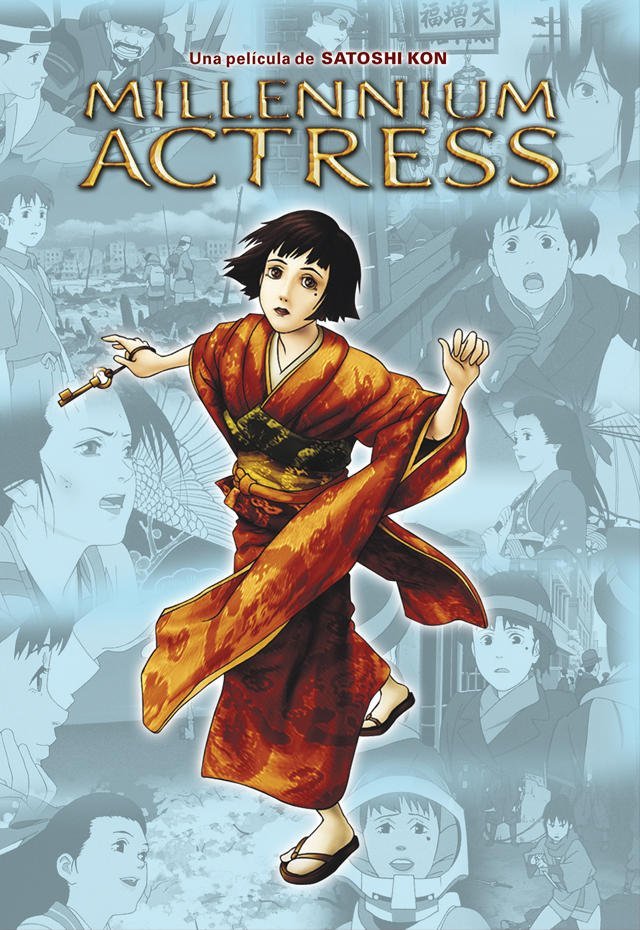
!LUV
Japanese films almost always have deeper meaning than they originally convey. I can see how much you're effected by this one. You first explained the technical know-how and then expressed like the narrator
Thank you. It is definitely one of my favorites. And short-lived Satoshi only made a few films.
Hi @notacinephile, you were just shared some LUV thanks to @failingforwards. 5 LUV in your wallet enables you to give up to 3 LUV per day, for free. The 5 LUV minimum will soon increase to 10 LUV. See the LUV tokens in your wallet at https://hive-engine.com or learn about LUV at https://peakd.com/@luvshares https://ipfs.io/ipfs/QmUptF5k64xBvsQ9B6MjZo1dc2JwvXTWjWJAnyMCtWZxqM
This movie looks so good. The production process seems to be very minimalist.
Excellent. I really like Tokyo Godfathers and Paprika (from which Christopher Nolan took a lot of ideas to make Inception). Not everything is Disney or Pixar. These films by Satoshi Kon are true Works of Art, of Love for Cinema.
Not only Nolan, Arofonsky took a few shots from Perfect Blue as well. Kon's influenced on todays cinema is easily perceived.
Agreed!